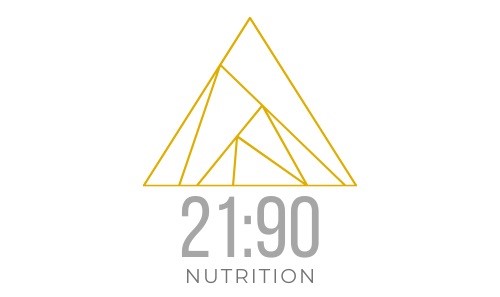The Gym For Fitness In Avon
FITNESS
FOR ALL LEVELS
Join Us at Avon's #1 CrossFit Facility
TAKE YOUR FITNESS TO THE NEXT LEVEL
Crossfit
60-minute group based strength and conditioning workout that is made up of functional movement performed at a high intensity level.
Personal Training
Work one-on-one with one of our experienced trainers who will guide you through a customized program tailored towards you and your goals!
Nutrition Guidance
Never feel confused about nutrition again! Our nutrition team will work with you to create the perfect custom nutrition regimen your body needs!
Burn
Crossfit-style high intensity interval training session designed to smash your personal best, add new challenges to your workout and increase endurance.
Legends
Are you over 55 and looking for a way to stay active and engaged in life? Our Legends Program is designed to help you improve your functional fitness and enhance the mind-body connection as you age.
Barbell Club
24/7 Gym
Don’t let a busy schedule hold you back from achieving your fitness goals; our gym offers 24/7 open gym for all members.
WHAT ARE PEOPLE SAYING
SUCCESS STORIES



GETTING STARTED IS AS EASY AS 3, 2, 1.. GO!
1. SCHEDULE YOUR FIRST VISIT below
Discuss your goals with a coach and learn how we can get you to your best self.
2. START YOUR TRAINING
You have defined your goals and you are ready to begin your journey. We will start you strong by taking you through the fundamentals of training and sound habits putting you on the road to success!
3. HAVE FUN REACHING NEW LEVELS
Once you have the basics down you’ll book classes easily on our app, enjoy the workouts with awesome people and reach your goals in no time!
start
your
journey!
CLAIM YOUR FREE INTRO SESSION AND TOUR!
By submitting this form you are authorizing Notch 8 Athletics to communicate with you via email, phone, and/or SMS. Msg & data rates may apply. You may opt-out at any time.




OUR CURRENT SCHEDULE
check social media for any holidays/special hours
check social media for any holidays/special hours
check social media for any holidays/special hours
check social media for any holidays/special hours
check social media for any holidays/special hours
check social media for any holidays/special hours
check social media for any holidays/special hours
The Best gym near me in Avon
WHERE TO FIND US
8131 Kingston St, Suite 400, Avon, IN 46123
GIVE US A CALL
(317) 943-8368
ACHIEVE YOUR FITNESS GOALS
Get Started Today for FREE! No Experience Necessary!
Have Questions? We've got the answers right here!
Super simple! Just click get started anywhere here on the page to book your free intro session where you’ll get to tour the gym & meet our coaches.
We will chat about your current situation, your desired situation to see if we can help and if we are good fit for each other.
When you start at Notch 8 Athletics, your fitness level will improve quickly, usually in the first 30 days. The key to see results is consistency and commitment over time so that’s why we recommend 3 classes per week as a start!
Yes! We provide guidance on eating right or sleeping well which can help maximize energy levels – getting YOU maximum results from your efforts.
Nope! Most of our members start just like you. We assess each new members fitness level. Then our workouts are “universally scaled”, with a different version of each days workout designed for every level. As you level up you can take on more challenging variants of the workout if you desire.
We are locally owned and purpose built to make an impact on the health and happiness in Avon and the surrounding area.
You’re not just a number here, everyone knows your name. We’re a community of like-minded people that wants you to show up and supports each other on this journey to live better lives – with no judgement or criticism along the way!





